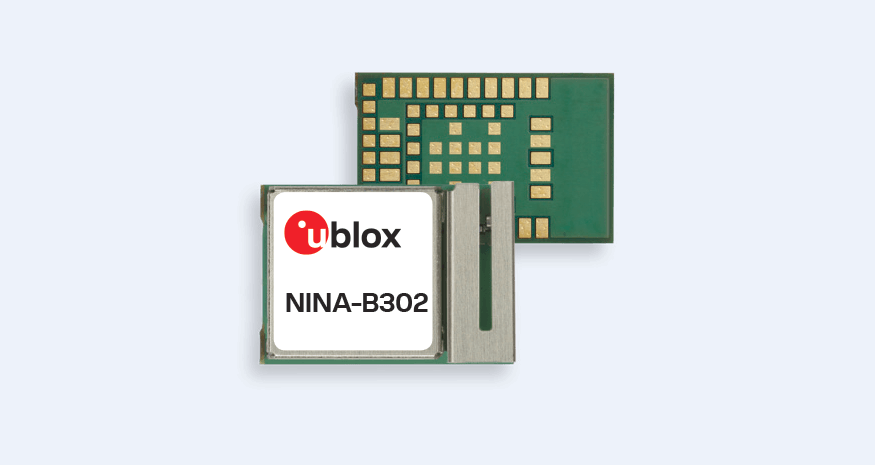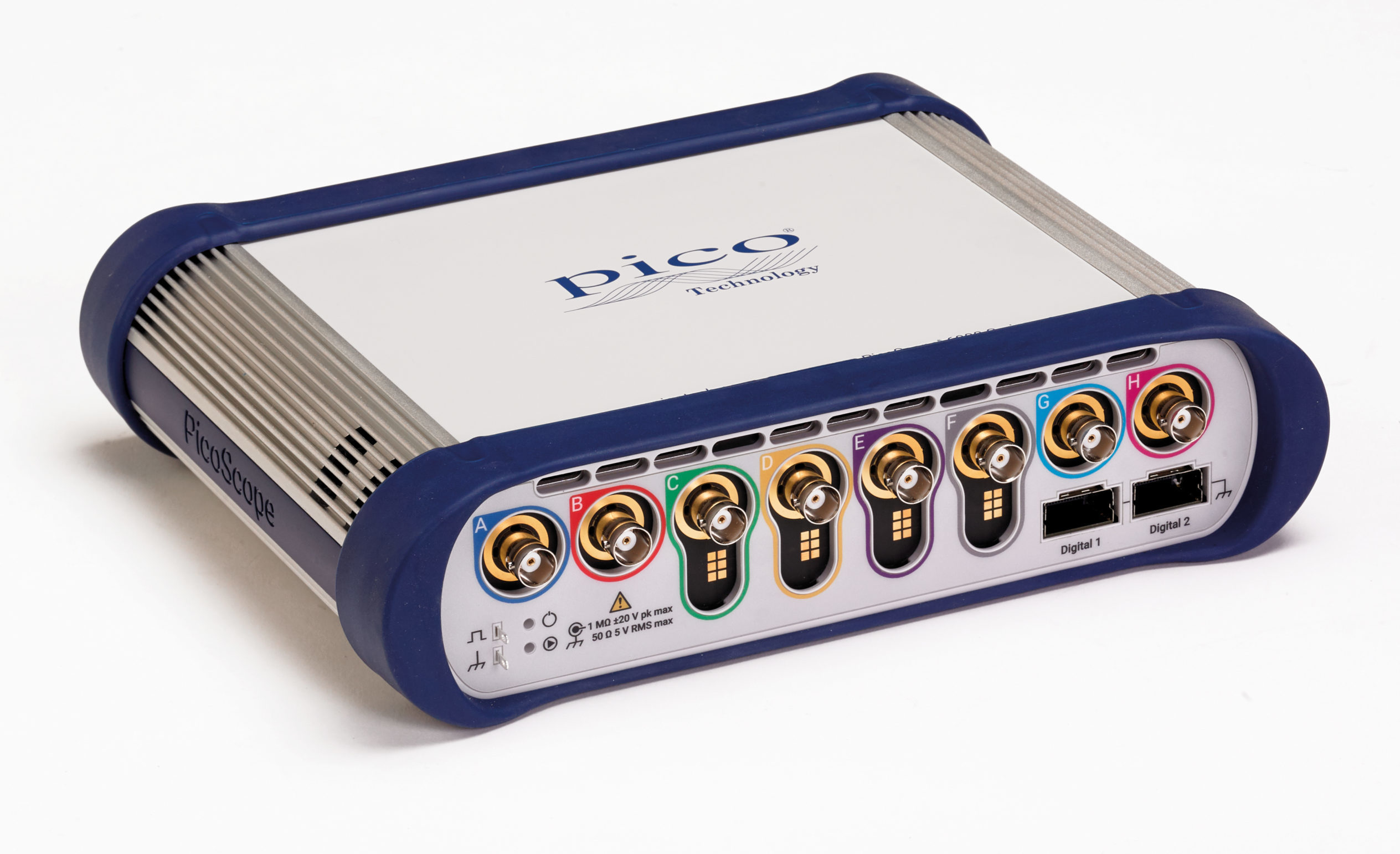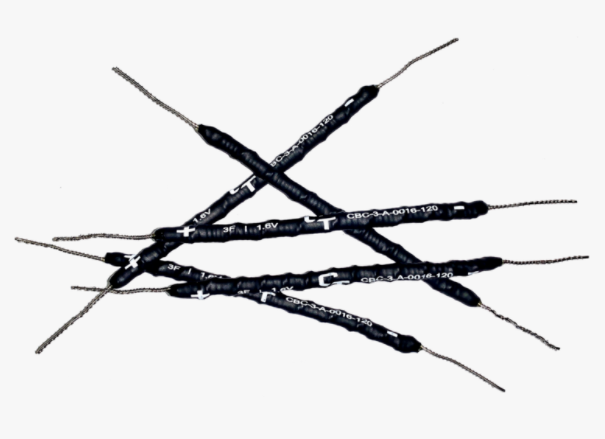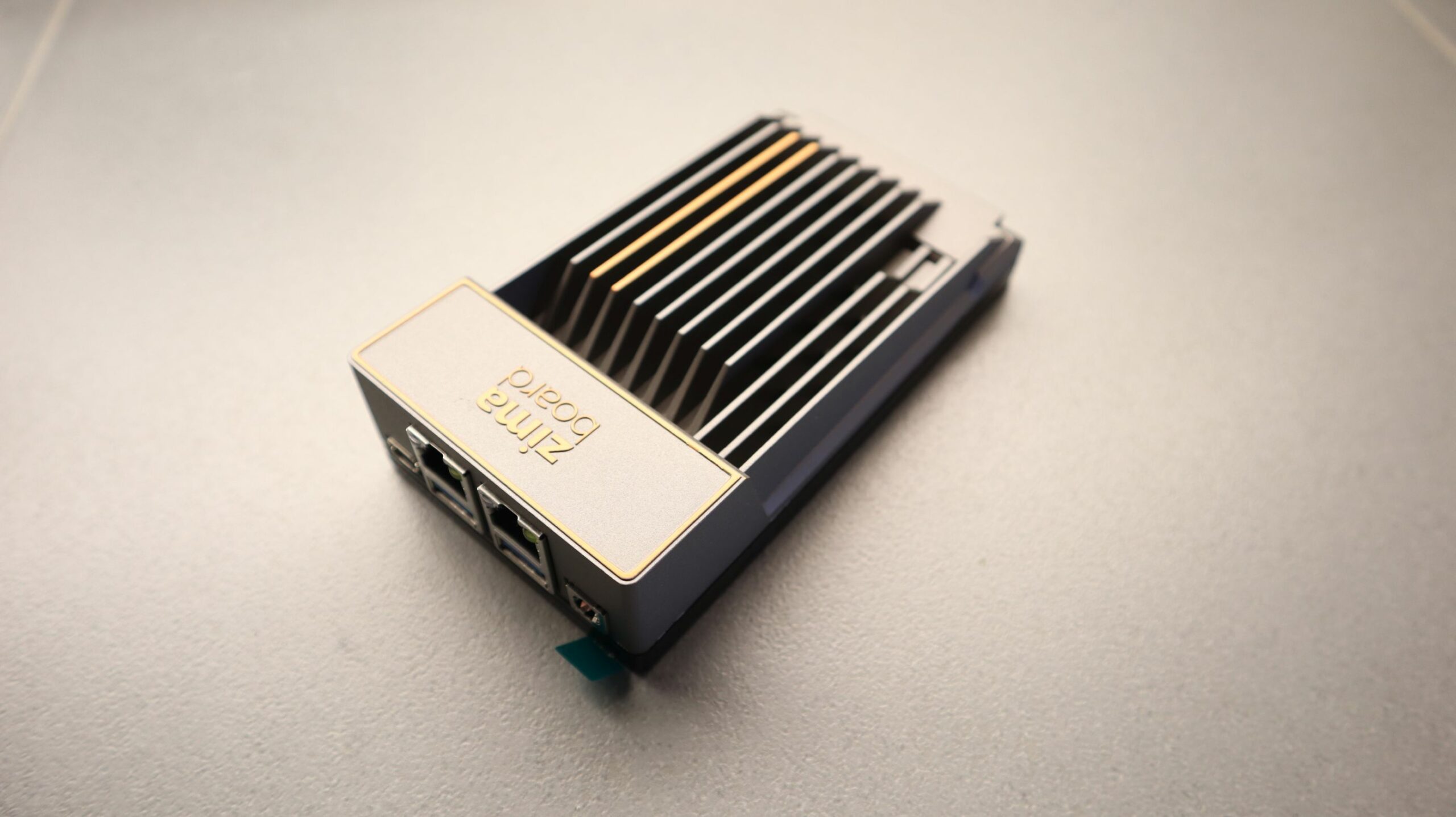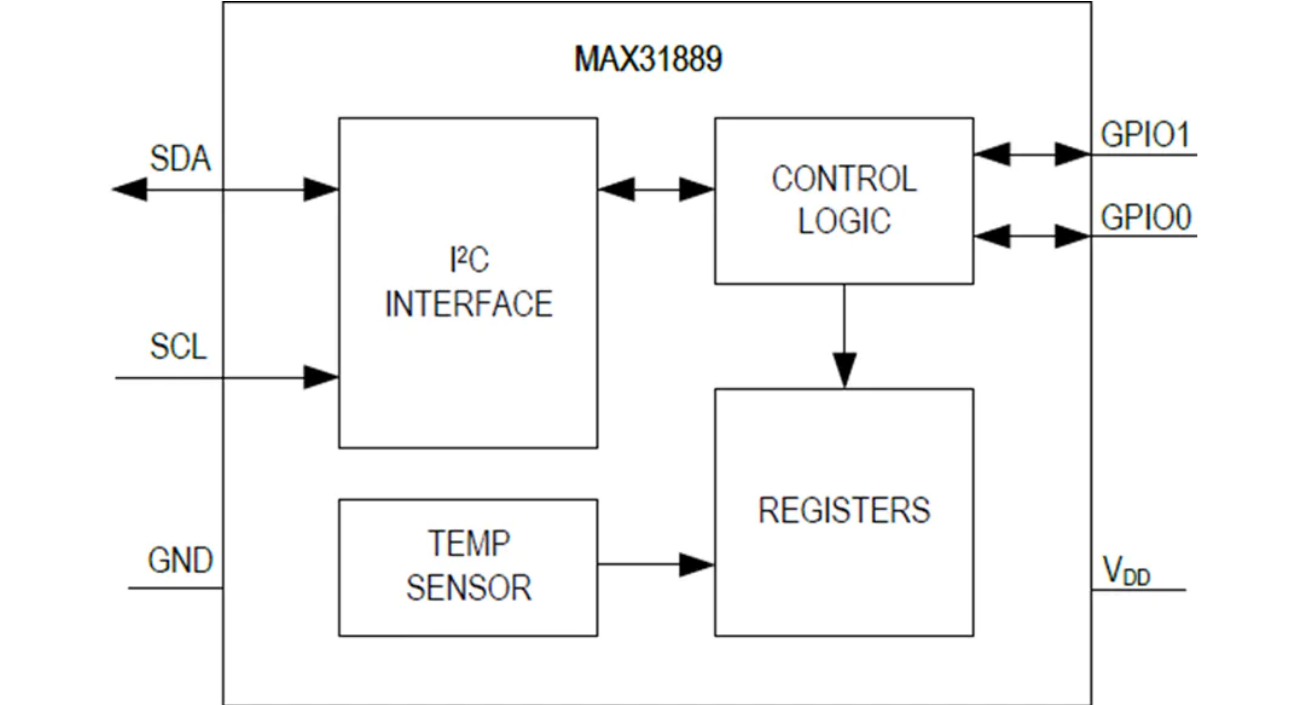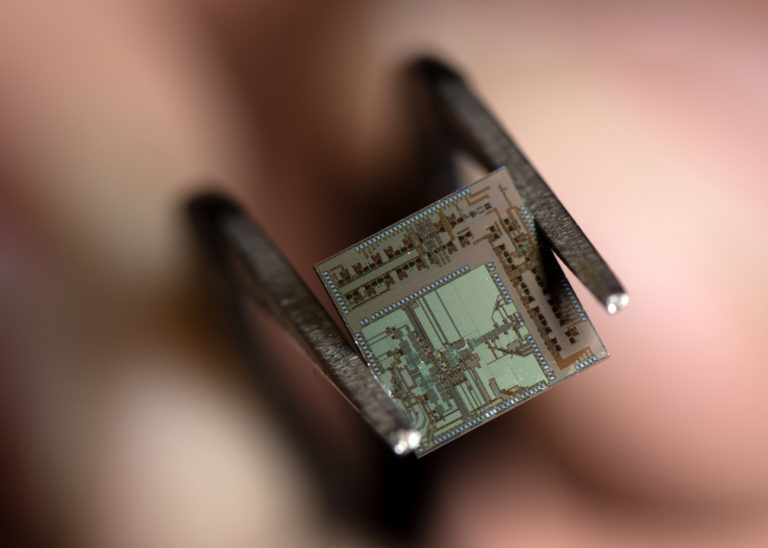
photo: Steve Zylius/UCI
A new wireless transceiver invented by electrical engineers at the University of California, Irvine boosts radio frequencies into 100-gigahertz territory, quadrupling the speed of the upcoming 5G wireless communications standard. by Jens Nickel @ elektormagazine.com
Labeled an “end-to-end transmitter-receiver” by its creators in UCI’s Nanoscale Communication Integrated Circuits Labs, the 4.4-millimeter-square silicon chip is capable of processing digital signals significantly faster and more energy-efficiently because of its unique digital-analog architecture. The team’s innovation is outlined in a paper published recently in the IEEE Journal of Solid-State Circuits.
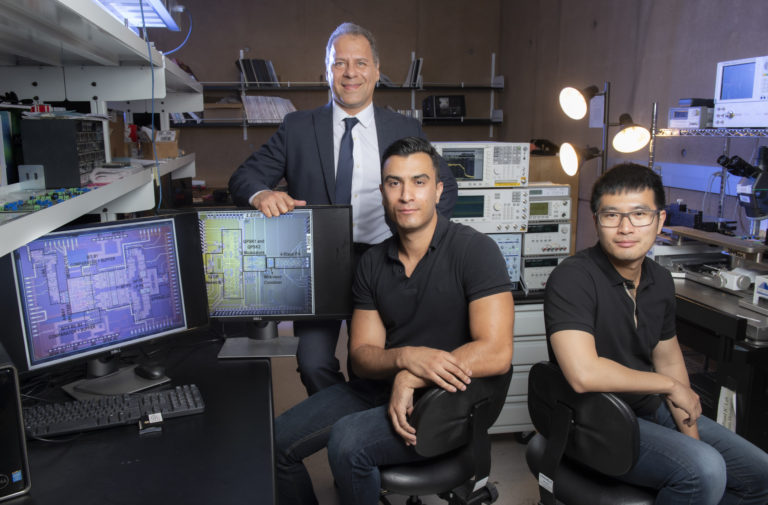
photo: Steve Zylius/UCI
His group’s answer is in the form of a new transceiver that leapfrogs over the 5G wireless standard – designated to operate within the range of 28 to 38 gigahertz – into the 6G standard, which is expected to work at 100 gigahertz and above.
“The Federal Communications Commission recently opened up new frequency bands above 100 gigahertz,” said lead author and postgraduate researcher Hossein Mohammadnezhad, a UCI grad student at the time of the work who this year earned a Ph.D. in electrical engineering & computer science. “Our new transceiver is the first to provide end-to-end capabilities in this part of the spectrum.”
read more: news.uci.edu





